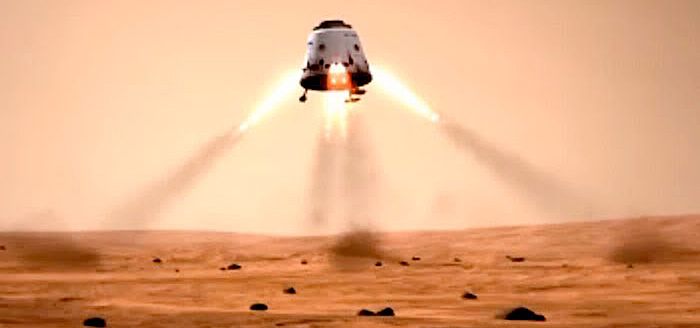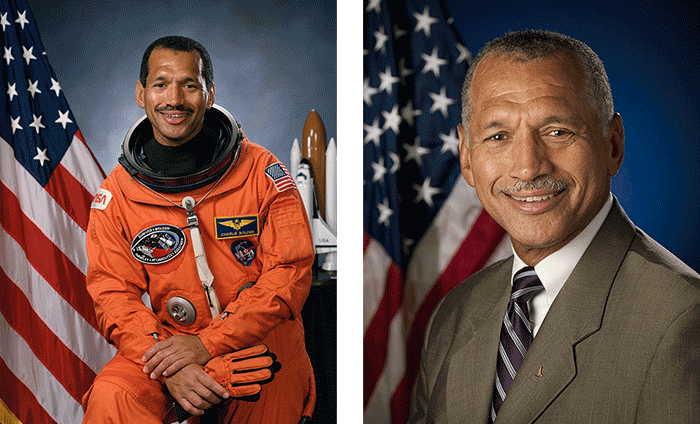
Space Hacker Workshop to Take Place in Dallas
Space isn’t just for governments and large corporations.
Citizen scientists and hardware hackers will learn how to do “space on the cheap” at a two-day Space Hacker Workshop in Dallas. Participants at the workshop will learn how they can build and fly experiments in space, and even fly in space as citizen astronauts, through the Citizens in Space program.
The Space Hacker Workshop takes place July 20-21 at the Frontiers of Flight Museum at Love Field. The workshop is sponsored by Citizens in Space, a project of the United States Rocket Academy, and SpaceGAMBIT, an international collaboration of citizen scientists operating through makerspaces, hackerspaces, and community groups.
Citizens in Space has purchased 10 flights on the XCOR Aerospace Lynx spacecraft, now under construction at the Mojave Air and Space Port, which will be made available to the citizen-science community.
“We’re looking for 100 citizen-science experiments and 10 citizen astronauts to fly as payload operators,” Citizens in Space project manager Edward Wright said. “The Space Hacker Workshop will provide participants with information and skills needed to take advantage of our free flight opportunities.
“This is an opportunity for citizen scientists to develop and test new technologies in space, to collect microorganisms from the extreme upper atmosphere, to experiment with new processes for creating new materials; and do many more cool things.”
Space is no longer the exclusive domain of NASA and university scientists. A previous Space Hacker Workshop in California attracted a standing-room crowd of men and women from every walk of life. High-school students sat next to medical doctors and astrobiologists. Tinkers and hobbyists worked alongside engineers and physics professors, a heart surgeon, and a NASA astronaut.
“These are the makers of space,” said one participant at the California workshop. “This event is about making and doing, rather than talking and talking.”
“Thanks to modern technology, citizen scientists can build and fly fully functioning space experiments for a few hundred dollars or less, ” Wright said. “With components available at Radio Shack or Fry’s Electronics, citizen scientists can build instruments and experiments with more power than a NASA satellite from a few years back. ”
The Space Hacker Workshop will provide hands-on exposure to a variety of microcontrollers, sensors, imaging systems, and other components. With these components, participants will learn how to design and build microgravity, fluid-physics, life-science, and engineering experiments. Each paid participant will receive a hardware package to take home after the workshop.
A representative of XCOR Aerospace will be on hand to discuss the Lynx spacecraft. Experts from NASA and industry will discuss the research professional scientists have done in the past, prospects for new research on low-cost suborbital spacecraft such as Lynx, and opportunities for citizen scientists to build on the shoulders of NASA giants.
Three citizen-astronaut candidates will also be on hand, to discuss the Citizens in Space astronaut selection and training process.
Admission for the event is $129 at the door. Super Early Bird tickets are available now for $79. Tickets are limited and the event may sell out. Online registration is available at SpaceHackerDFW.eventbrite.com.











